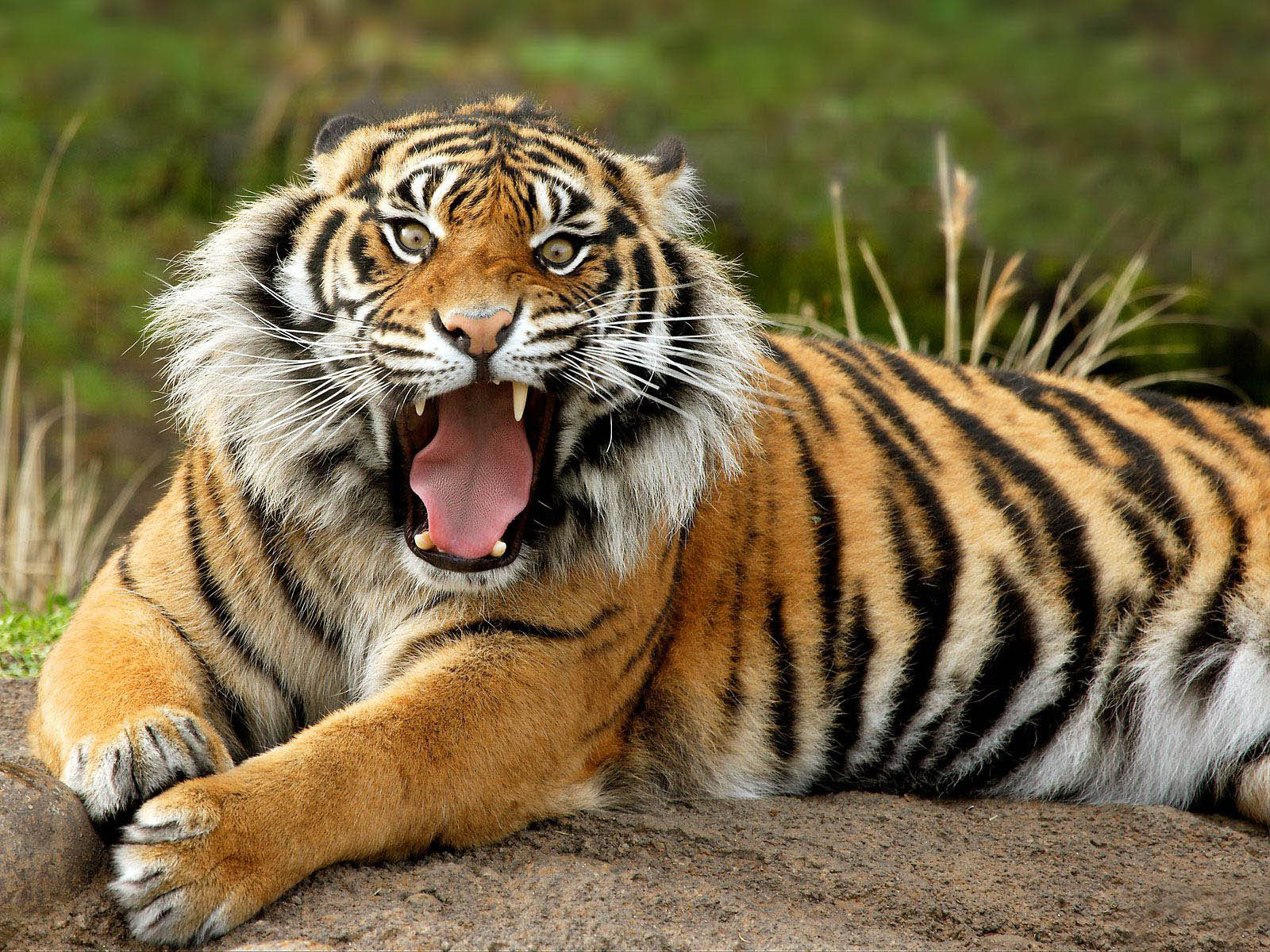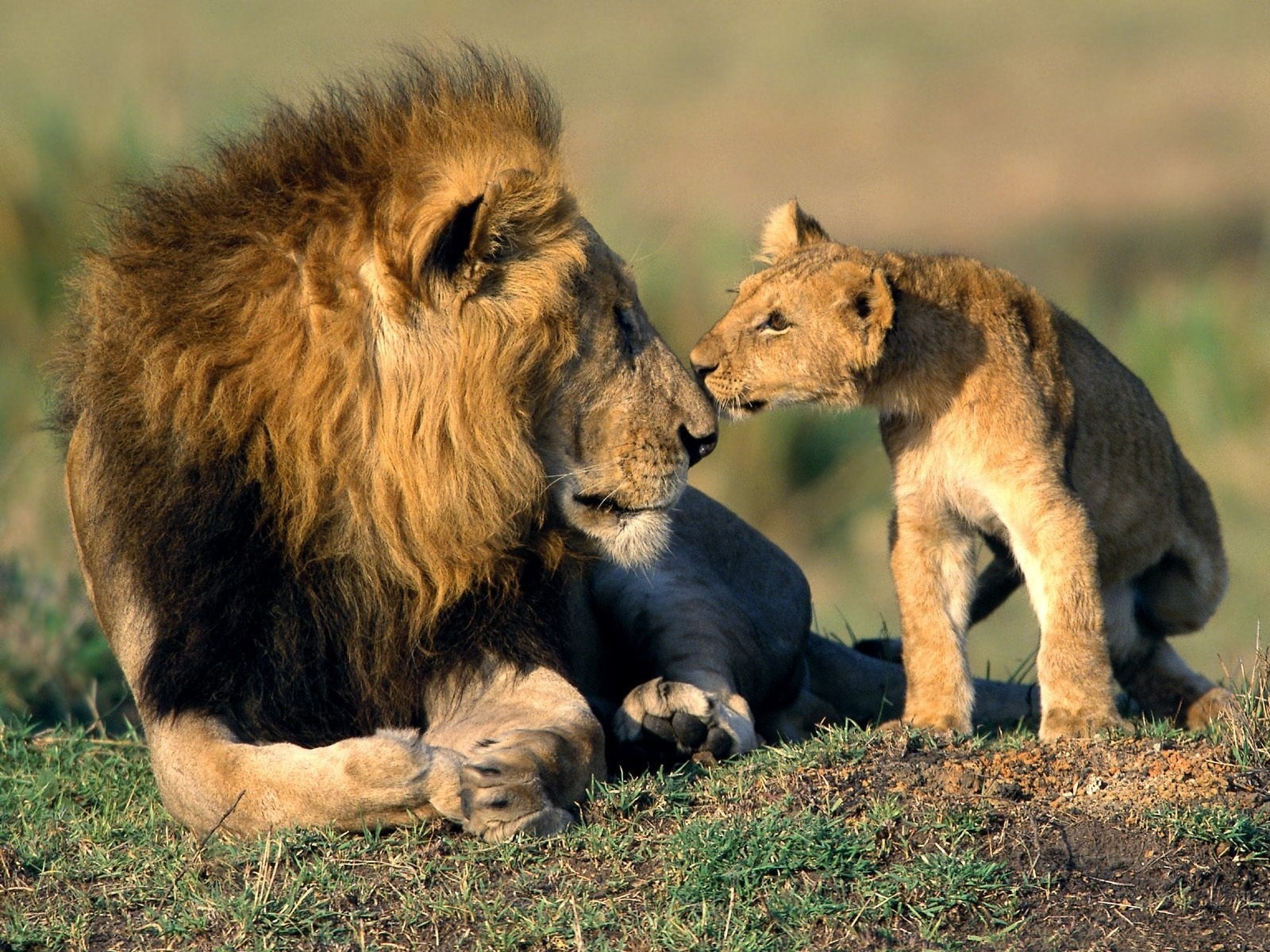Wild animals are a captivating aspect of our planet, embodying the essence of nature's raw beauty and unrestrained spirit. From the towering elephants roaming the savannahs to the elusive snow leopards navigating the rugged mountains, these creatures inspire wonder and curiosity. Understanding wild animals is not only a journey through the natural world but also a crucial step towards conservation and preserving biodiversity. As we delve into the fascinating lives of these magnificent beings, we unveil the importance of coexistence and the responsibility we hold in safeguarding their habitats.
The diversity of wild animals is astounding, with each species playing a unique role in its ecosystem. They come in all shapes and sizes, from the smallest insects to the largest mammals, each adapted to survive in their specific environments. However, the survival of many wild animals is currently threatened due to habitat loss, climate change, and human interference. This alarming trend calls for a collective effort to raise awareness and take action to protect these incredible beings and their habitats.
In this article, we will explore various facets of wild animals, including their habitats, behaviors, and the challenges they face. By answering common questions and providing insights into their lives, we aim to foster a deeper appreciation for these creatures and encourage responsible stewardship of the natural world. Join us on this enlightening journey as we uncover the secrets of wild animals and the vital role they play in our ecosystem.
What Are Wild Animals and Where Do They Live?
Wild animals are those species that exist in their natural habitats, free from human influence and domestication. These animals can be found in a wide range of environments, including forests, grasslands, mountains, deserts, and oceans. The diversity of habitats contributes to the rich variety of wildlife on Earth. Some examples of wild animals include:
- Lions
- Tigers
- Giraffes
- Wolves
- Hummingbirds
- Sharks
Each species has adapted to thrive in its specific environment, showcasing the incredible resilience and ingenuity of nature.
Why Are Wild Animals Important to Our Ecosystem?
Wild animals play a crucial role in maintaining the balance of ecosystems. They contribute to various ecological processes, including:
- Pollination: Many wild animals, such as bees and butterflies, are essential for pollinating plants, which is vital for food production.
- Seed Dispersal: Animals like birds and mammals help in dispersing seeds, promoting plant growth and biodiversity.
- Predator-Prey Dynamics: The interactions between predator and prey species regulate population sizes, preventing overpopulation and maintaining ecosystem health.
- Decomposition: Scavengers and decomposers, such as vultures and certain insects, play a significant role in breaking down organic matter, recycling nutrients back into the environment.
Without wild animals, ecosystems would be severely disrupted, leading to a cascading effect on food chains and overall biodiversity.
What Threats Do Wild Animals Face Today?
Despite their vital importance, wild animals are facing numerous threats that jeopardize their existence. Some of the most pressing issues include:
- Habitat Loss: Deforestation, urbanization, and agriculture are causing significant habitat destruction, pushing many species to the brink of extinction.
- Climate Change: Altered weather patterns and rising temperatures affect food availability, breeding, and migration patterns.
- Poaching and Illegal Wildlife Trade: The demand for animal products, such as ivory and traditional medicine, leads to the illegal killing of many species.
- Pollution: Chemical pollutants and plastic waste pose serious threats to the health of wild animals and their habitats.
Addressing these challenges requires global cooperation and commitment to conservation efforts.
How Can We Help Protect Wild Animals?
Protecting wild animals and their habitats is a responsibility we all share. Here are some ways individuals and communities can contribute to conservation efforts:
- Support Conservation Organizations: Donating to or volunteering with organizations dedicated to wildlife conservation can make a significant impact.
- Practice Responsible Tourism: When visiting natural habitats, choose eco-friendly tours and avoid activities that exploit wildlife.
- Advocate for Policy Changes: Support legislation that aims to protect endangered species and their habitats.
- Educate Others: Raise awareness about the importance of wild animals and the challenges they face within your community.
By working together, we can create a brighter future for wild animals and their ecosystems.
What Are Some Fascinating Facts About Wild Animals?
Wild animals are full of surprises, and their unique behaviors and adaptations never cease to amaze us. Here are some fascinating facts:
- Elephants: They can communicate through vibrations felt in the ground, allowing them to communicate over long distances.
- Octopuses: They have three hearts and blue blood, and they are known for their incredible intelligence and problem-solving abilities.
- Cheetahs: They are the fastest land animals, capable of reaching speeds up to 60 miles per hour in short bursts.
- Whales: Some species, such as the blue whale, are the largest animals to have ever existed on Earth.
These remarkable traits highlight the incredible diversity of life in the wild and the need to protect these species.
How Do Different Cultures View Wild Animals?
Wild animals hold significant cultural value across various societies. They are often seen as symbols of strength, freedom, or spiritual connection. Different cultures may view wild animals in diverse ways, including:
- Mythology: Many cultures incorporate wild animals into their folklore and mythology, portraying them as deities or guardians.
- Art and Literature: Artists and writers often draw inspiration from wild animals, using them as symbols of freedom and the untamed spirit of nature.
- Conservation Efforts: Indigenous cultures often have profound connections to wildlife, leading to unique conservation practices and perspectives.
Understanding these cultural viewpoints can enhance our appreciation for wild animals and promote a more inclusive approach to conservation efforts.
Conclusion: The Future of Wild Animals
Wild animals are an integral part of our planet's biodiversity, enriching our lives with their beauty and complexity. As we face unprecedented challenges, it is crucial to recognize the importance of protecting these species and their habitats. By understanding their roles in ecosystems, advocating for conservation efforts, and fostering a deep appreciation for their existence, we can work towards a future where wild animals thrive alongside humanity. Together, we have the power to make a difference and ensure that these magnificent creatures continue to roam our planet for generations to come.


